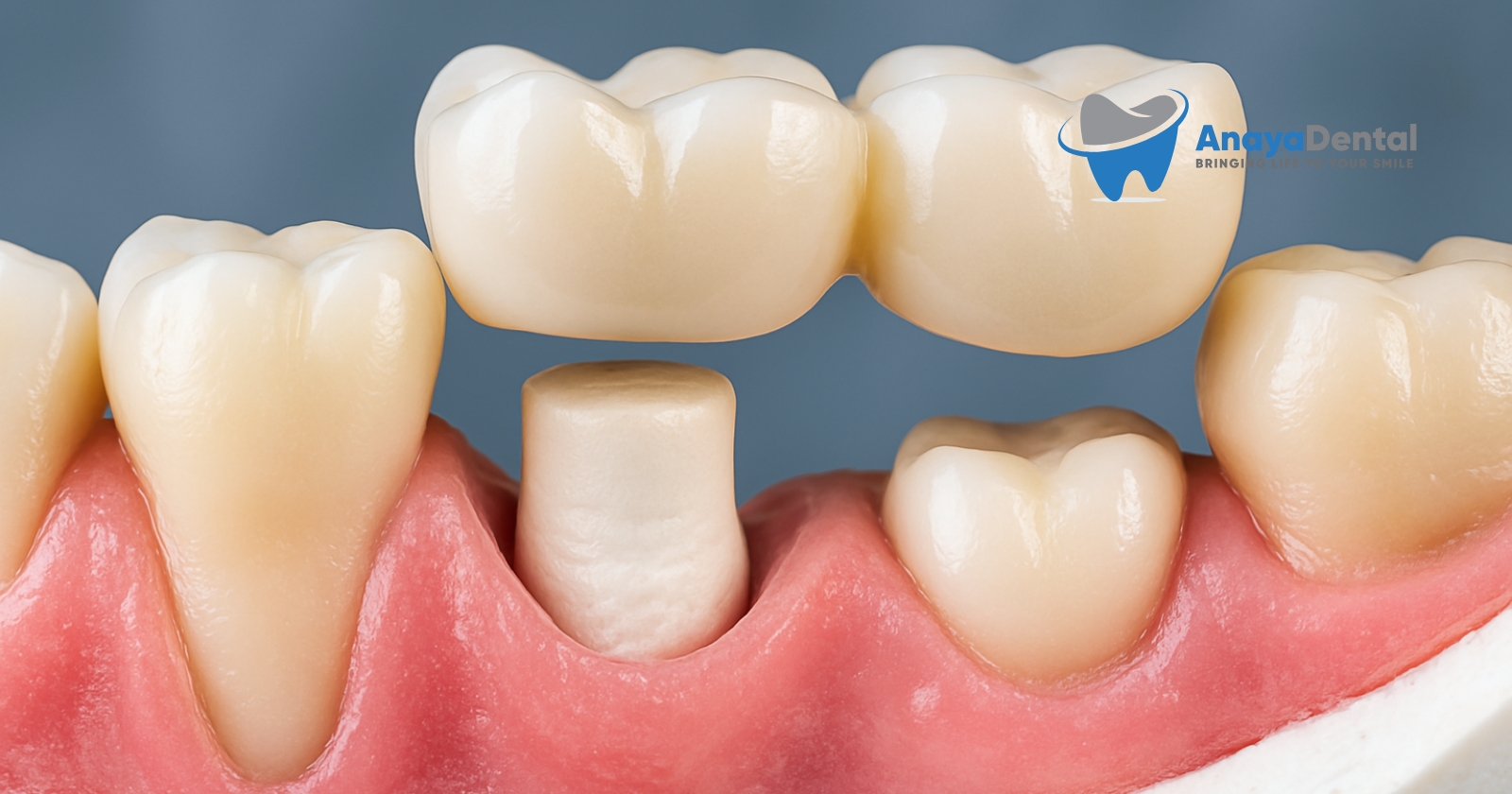Are you facing gum disease treatment and confused by the D4341 code on your dental plan? You’re not alone. This common dental procedure code appears on millions of treatment plans annually, yet many patients remain unclear about what it means for their oral health and wallet.
What Is the D4341 Dental Code?
The D4341 code represents scaling and root planing (SRP) for four or more teeth per quadrant. This therapeutic procedure is a non-surgical treatment for periodontal disease.
Unlike regular dental cleanings, scaling and root planing is a deeper, more intensive treatment that addresses infection below the gum line.
Try Our Dental Calculators
Medical Context: Why You Might Need This Procedure
Understanding Periodontal Disease
Periodontal disease—commonly known as gum disease—begins when bacteria form plaque on your teeth. If not removed, this plaque hardens into tartar, causing:
- Inflammation of the gums (gingivitis)
- Pocket formation between teeth and gums
- Bone loss around teeth in advanced cases
- Tooth mobility and potential tooth loss
When periodontitis advances, your dentist may determine that standard cleaning (prophylaxis) is insufficient, recommending scaling and root planing instead.
The Procedure Explained
The D4341 procedure involves:
- Scaling: Removing plaque and tartar from tooth surfaces both above and below the gum line
- Root Planing: Smoothing rough spots on tooth roots where bacteria collect
- Local Anesthesia: Typically administered to ensure your comfort
- Treatment by Quadrant: Your mouth is divided into four sections or “quadrants” for treatment
This procedure typically requires 1-2 hours per quadrant, often scheduled across multiple appointments.
Financial Aspects of the D4341 Code
Typical Cost Range
Without insurance, scaling and root planing costs approximately:
| Treatment Area | Price Range |
|---|---|
| Per Quadrant | $200-$350 |
| Full Mouth | $800-$1,400 |
These figures vary based on geographic location, dental practice, and complexity of your case.
Insurance Coverage Options
Most dental insurance plans provide some coverage for D4341, as it’s considered a medically necessary procedure rather than cosmetic. However, coverage varies significantly:
- Standard Dental Insurance: Typically covers 50-80% after deductible
- Dental Discount Plans: May offer 15-30% reduced fees
- Medicare: Generally doesn’t cover, except in specific medical circumstances
- Medicaid: Coverage varies by state, often requiring pre-authorization
Important note: Many insurance providers require documentation of periodontal pockets measuring at least 4mm depth and evidence of bone loss from X-rays before approving coverage.
Payment Options When Insurance Falls Short
If your insurance coverage is limited or nonexistent, consider these alternatives:
Financing Solutions
- Dental Office Payment Plans: Many practices offer interest-free payment options
- CareCredit or Other Medical Credit Cards: Specialized financing with promotional interest-free periods
- Health Savings Accounts (HSAs): Use pre-tax dollars to fund necessary dental work
- Dental Schools: Receive treatment at 30-50% lower costs from supervised students
Negotiating Costs
You may reduce expenses by:
- Requesting a cash payment discount
- Asking about package pricing if multiple quadrants need treatment
- Discussing a “sliding scale” fee based on income
- Exploring phased treatment to spread costs over time
What to Expect During and After Treatment
During the Procedure
- Duration: 1-2 hours per quadrant
- Discomfort Level: Minimal with proper anesthesia
- Sensations: Pressure, vibration, and water spray
Recovery and Aftercare
After scaling and root planing, you may experience:
- Gum Sensitivity: Lasting 2-7 days
- Tooth Sensitivity: Particularly to hot/cold temperatures
- Mild Bleeding: When brushing initially
Your dentist will recommend:
- Gentle Brushing: With a soft-bristled toothbrush
- Salt Water Rinses: To reduce inflammation
- Over-the-Counter Pain Relief: As needed
- Follow-Up Visit: Usually scheduled 4-6 weeks after treatment
Alternatives to D4341 Procedure
Before scaling and root planing becomes necessary, consider preventive options:
- Regular Professional Cleanings: Every 6 months
- Improved Home Care: Electric toothbrushes, water flossers
- Antimicrobial Mouth Rinses: As recommended by your dentist
For advanced cases where D4341 may be insufficient:
- Laser Therapy: Less invasive alternative with faster healing
- Periodontal Surgery: For severe cases with significant bone loss
- Antibiotic Treatments: Local or systemic to address infection
Quick Review
- D4341 Code: Represents scaling and root planing for 4+ teeth per quadrant
- Purpose: Treats moderate to advanced periodontal disease
- Cost: $200-$350 per quadrant without insurance
- Insurance: Typically covers 50-80% with proper documentation
- Alternatives: Range from improved home care to surgical intervention
- Recovery: Expect mild discomfort for several days following treatment
Understanding the D4341 dental code helps you make informed decisions about your periodontal health and prepare financially for this important treatment. Consult with your dentist about specific concerns related to your treatment plan and coverage options.


